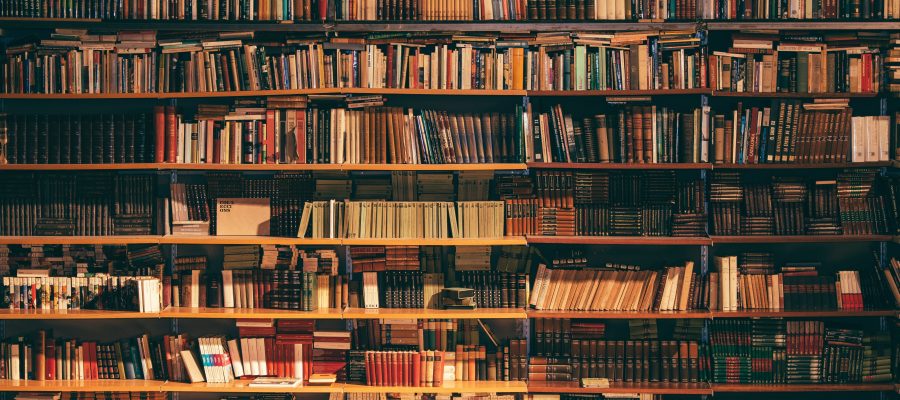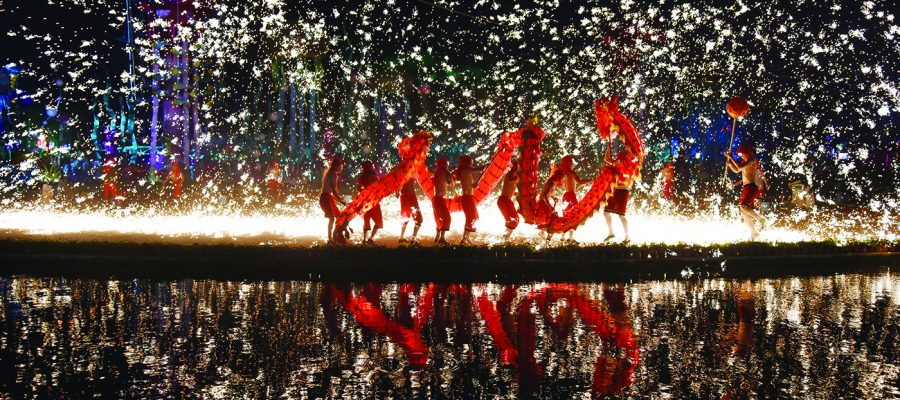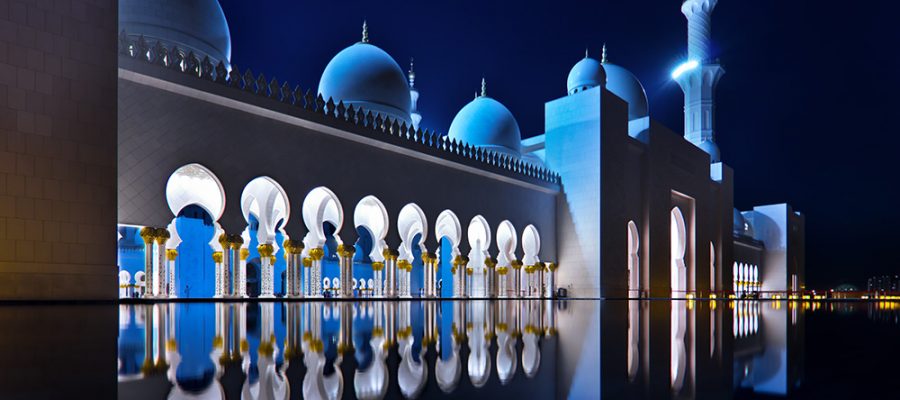Thank you for those who participated in the first month of the Life around the World Contest! In last month’s photo, artists perform the fire dragon dance during a celebration for Spring Festival at Wuhan Happy Valley, Hubei, China. Dragons are a symbol of China and are believed to bring good











